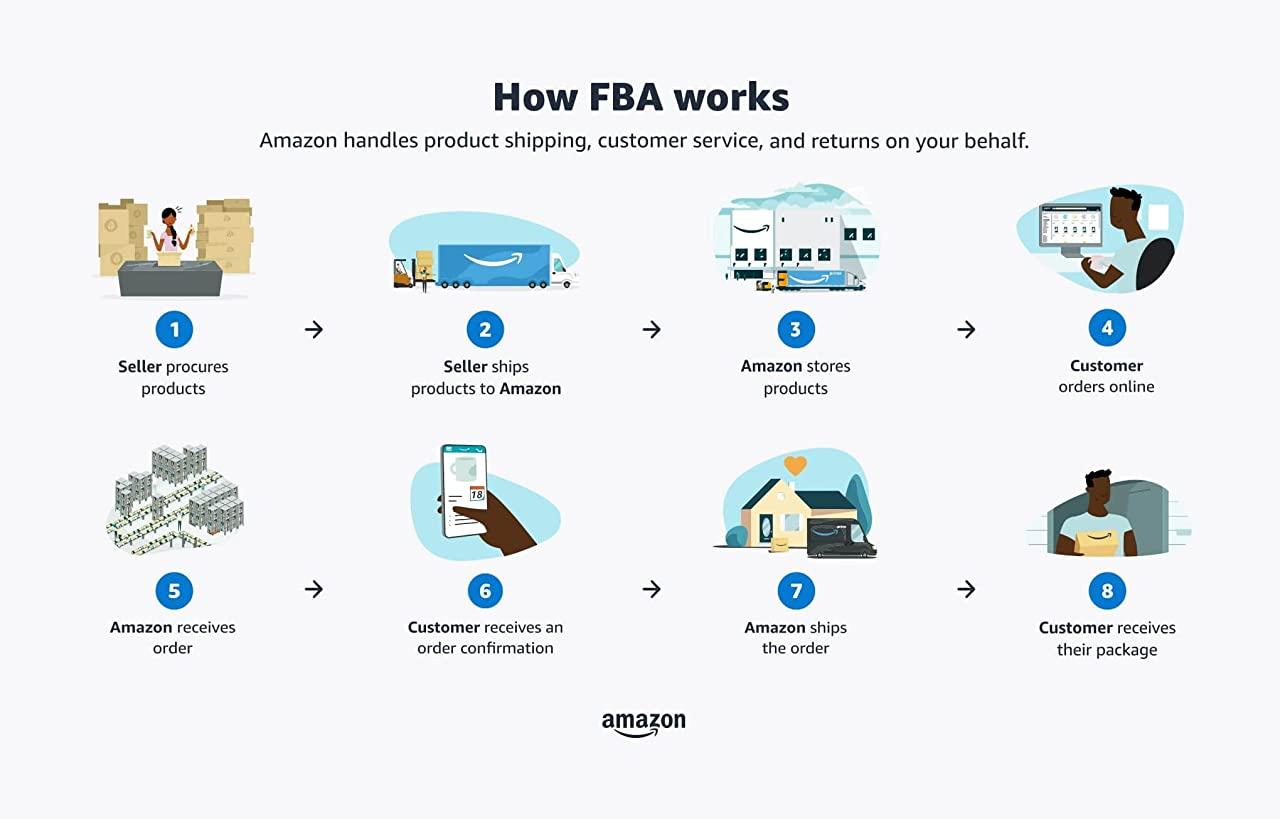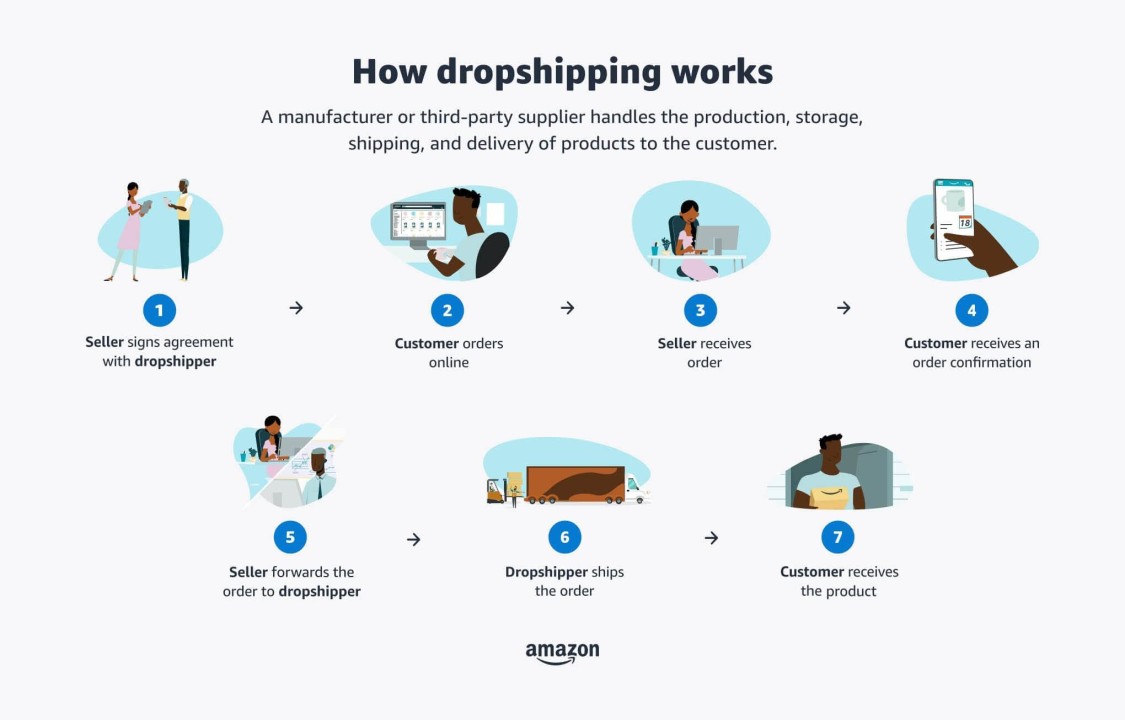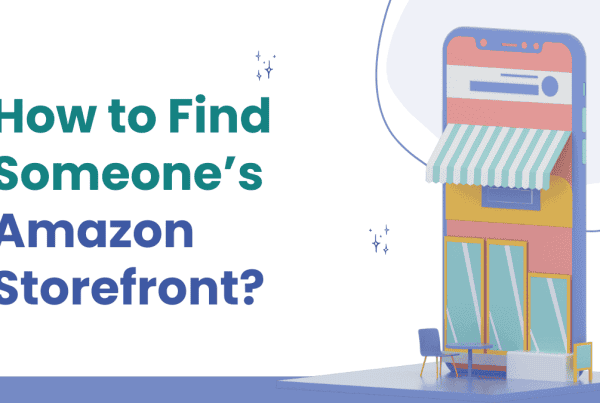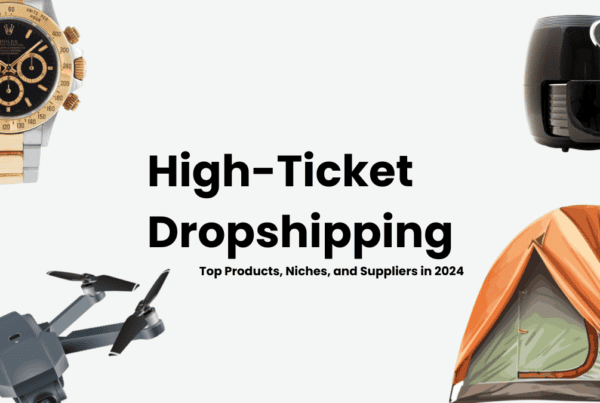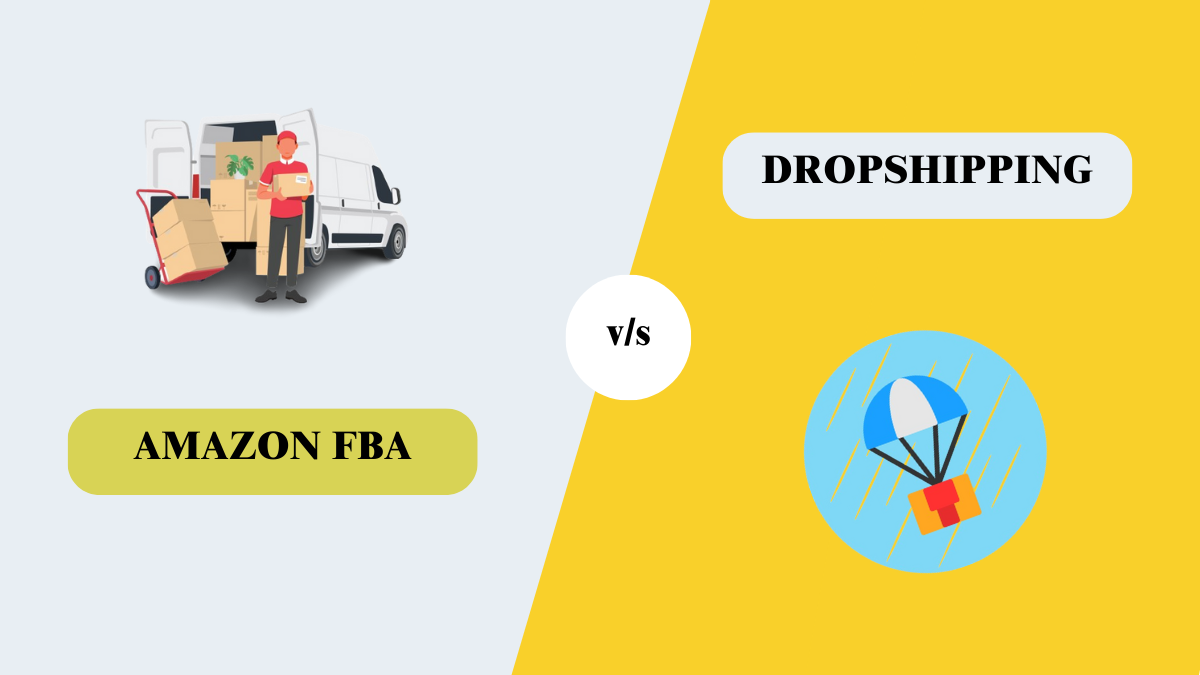
In the ever-changing world of e-commerce, two ways have shown they work well – Amazon FBA (fulfillment by Amazon) and Dropshipping. As we go through 2024, both ways have gotten better and changed some. But here’s the big question – which one is the right fit for you?
In this article we are going to closely look at Amazon FBA and Dropshipping, covering everything from the basics to the little details of each way of doing business. We’ll talk about the pros and cons, what’s new, and how these ways of selling stuff have changed to fit what’s happening in e-commerce in 2024.
Whether you’re someone just starting in online selling or a business owner looking to try something new, we will give you all the info you need. It’s like a guide that will help you decide which way – Amazon FBA or Dropshipping – is the better choice for your business in 2024. Let’s start this journey and figure out what works best for you!
What is Amazon FBA?
Fulfillment by Amazon (FBA) is like a helpful service from Amazon. If you’re selling stuff and use FBA, you send your products to Amazon’s storage spots all around the world. After that, Amazon does all the work – they keep your stuff safe, pack it up, send it out to customers, talk to them if needed, and even handle returns. It’s like having a helping hand for your selling business.
Pros of Amazon FBA
- Reach Amazon’s vast audience: Amazon FBA lets you tap into a massive group of over 300 million active users. It’s like having your products reach a really big audience.
- Leverage Amazon’s trust: Because Amazon is already trusted by lots of people, using Amazon FBA you can make more people buy your stuff. It’s like having the Amazon name behind your products, and that makes people more likely to buy.
- Utilize Amazon’s network: With Amazon FBA, they take care of sending out your products from their centers. This means less work and time spent on each order for you. It’s like having Amazon’s help to get your stuff to customers.
- Leverage Amazon’s workforce: What Amazon FBA does is handle storing your products, talking to customers, dealing with payments, and more. It’s like having Amazon’s team take care of all the behind-the-scenes stuff for your business.
Cons of Amazon FBA
- FBA fees: If you use Amazon FBA, you have to pay Amazon for referring customers and for the service of sending out your products. If you don’t get how all this works, it could impact how much money you make from selling stuff. This is a massive impact on profits unless you’re at a scale where volume is what matters.
- No customer data: When you sell stuff on Amazon, you can make sales to customers, but Amazon doesn’t let you keep their info or build your own group of buyers. It’s like you can’t make your own list of people who like your products. It’s impossible to remarket via email campaigns etc… for recurring sales and customer retention.
- Competition: If you sell on Amazon, other similar products will be shown right on your page. It’s like a battle to get every sale because customers see a bunch of options.
- Inventory management: Keeping track of how much stuff you have can be tricky, and there’s always a chance that orders might go missing or get damaged while they’re on their way to customers.
What is Dropshipping?
Dropshipping is a way of online selling where you have a store, but you don’t actually keep any products in stock. Instead, a dropshipping supplier takes care of all the products for you. This means you don’t touch or store the stuff you sell, and you don’t worry about the whole process of managing how products get to you. Instead, you just focus on making your customers happy and using different ways to get the word out about your products.
Pros of Dropshipping
- Low startup costs: Dropshipping doesn’t need a lot of money to get going, unlike regular stores where you have to spend more at the beginning.
- Minimal overhead: Because you don’t have to buy products or handle a storage space, the extra costs for your business are low.
- Flexible location: You can manage a dropshipping business from pretty much anywhere, as long as you have an internet connection.
- Wide selection of products: With drop shipping, you can give your customers a much bigger variety of products to choose from.
Cons of Dropshipping
- Low margins: Because it’s so easy to get started, many merchants will set up shop and sell items at very cheap prices in an attempt to earn more money.
- Inventory issues: If you’re getting products from multiple suppliers, what is in stock and what is not can be hard to keep track of.
- Shipping complexities: If you work with multiple suppliers—as most drop shippers do—the products on your site will be sourced through several different drop shippers leading to complications with shipping costs.
- Supplier errors: Have you ever been blamed for something that wasn’t your fault, but you had to accept responsibility for the mistake anyway? That’s often the situation when you’re dropshipping.
The Differences Between Amazon FBA Vs Dropshipping
The main differences between Amazon FBA and dropshipping revolve around inventory ownership, fulfillment processes, and cost structures.
Amazon FBA
Using Amazon FBA is like this: Sellers buy their products and send them in large amounts to Amazon’s storage spaces. Once there, Amazon takes care of keeping the products safe, sending them out when people order, and even dealing with returns. Amazon FBA is a service where businesses can keep track of their products while Amazon handles getting them to customers. But, it needs businesses to invest money upfront and pay monthly fees to Amazon for storage and shipping.
Dropshipping
Dropshipping is different because you don’t own the products. You just put them up for sale, wait for someone to buy them, and then tell your supplier to send them. It doesn’t need much money upfront. With dropshipping, the supplier handles sending out orders, and the manufacturer takes care of the whole shipping process. This way, store owners can start with very little money, and the supplier deals with storing and sending out products.
While both models offer a hands-free approach to order fulfillment, the key differences lie in who owns the inventory, who handles the logistics, and the cost structures involved. With Amazon FBA, the seller owns the inventory and Amazon handles the logistics, but it requires an upfront investment. In contrast, with dropshipping, the supplier owns the inventory and also handles the logistics, and it requires minimal upfront investment.
Amazon FBA vs Dropshipping – A Detailed Comparison
In this section, we will compare Amazon FBA and Dropshipping in terms of cost, scalability, and effort.
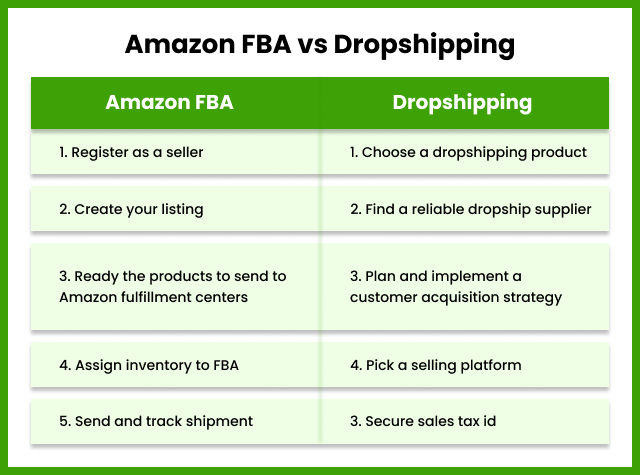
Cost
- Amazon FBA: Using Amazon FBA needs a much larger initial investment compared to drop shipping. This is because you have to pay for the first set of products, and it could be around $2,000 to $5,000. On top of that, sellers also have to pay fees every month for storing their products. If the products stay in storage for more than a year, there might be extra fees for that too.
- Dropshipping: Dropshipping is cheaper than Amazon FBA because you don’t have to pay Amazon for storing, packing, and sending out products. Plus, you can sell stuff without buying it first. You don’t have to pay for any products upfront—you only pay for them when a customer buys something.
Scalability
- Amazon FBA: Amazon FBA has a ready-made system, lots of customers, and an easy way to handle getting products to people. But, it also has fees you have to pay and can be tricky to manage how much stuff you have. It can get really big, but you’ll need to spend money on more products to make it grow.
- Dropshipping: Dropshipping is a way to start an online store without spending a lot of money upfront. It gives you the freedom to easily add or remove products, making it easier to grow your business quickly.
Effort
- Amazon FBA: Using Amazon FBA makes it easier to grow your business because they take care of sending out products. But, it needs more money upfront and has more complicated logistics, so not as many sellers can join in.
- Dropshipping: Dropshipping needs a lot of advertising and takes longer to send out products. But, it’s important to remember that drop shipping also needs more time and work.
Both Amazon FBA and Dropshipping have their own advantages and disadvantages in terms of cost, scalability, and effort. The choice between the two would depend on the specific circumstances and goals of the seller.
Which One to Choose?
Choosing between Amazon FBA and Dropshipping ultimately depends on your circumstances, resources, and business goals.
If you have money to spend on products and want an easy way to handle sending them out, Amazon FBA could be a good fit. It lets you use Amazon’s big customer group and trusted reputation, and you also get to use its strong system for sending out products.
On the flip side, if you’re just getting started and don’t have a lot of money, or if you want a business model that’s more flexible and less risky, dropshipping might be a better choice. With drop shipping, you can begin selling various products without having to spend money on inventory right away.
However, it’s crucial to keep in mind that both methods have their difficulties. Whether it’s handling Amazon FBA costs and keeping track of inventory, addressing mistakes from suppliers, and dealing with shipping issues in dropshipping, both need work, time, and careful planning.
To sum it up, there isn’t a single solution that fits everyone for deciding which model is better. It’s about picking the one that matches your business goals, financial flexibility and access, and personal preference. No matter which model you go for, succeeding in online business needs commitment, focusing on customers, and being ready to adjust to changes on the fly on what people want.
Frequently Asked Questions
In what countries does Amazon provide international shipping?
Amazon provides international shipping to over 100 countries and regions outside the U.S.
Can I do Amazon FBA outside the US?
Yes, you can do Amazon FBA outside the US. Amazon has fulfillment centers in several countries around the world.
How do I start an Amazon FBA in Europe?
To start Amazon FBA in Europe, you need to set up an Amazon Seller account, list your products, prepare your products, ship your products to Amazon, and start selling.

